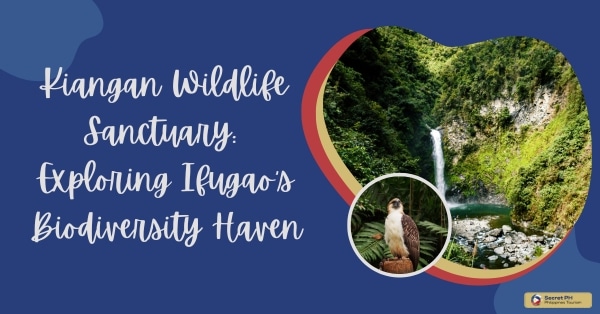The Philippine Tarsier is the world’s smallest primate and is native to the Philippines. They have unique adaptations that allow them to survive in their environment and their large eyes provide excellent night vision.
Tarsiers are nocturnal animals that feed on insects and communicate through vocalizations. They play an important cultural role and are threatened by habitat loss and the pet trade.
In this article, we will explore 10 fascinating facts about this strange and adorable creature. From its physical appearance and adaptations for survival to its cultural significance in the Philippines. From conservation efforts to ecotourism opportunities, we’ll look at what makes these creatures so special, and why it’s important that we work to protect them in the wild.
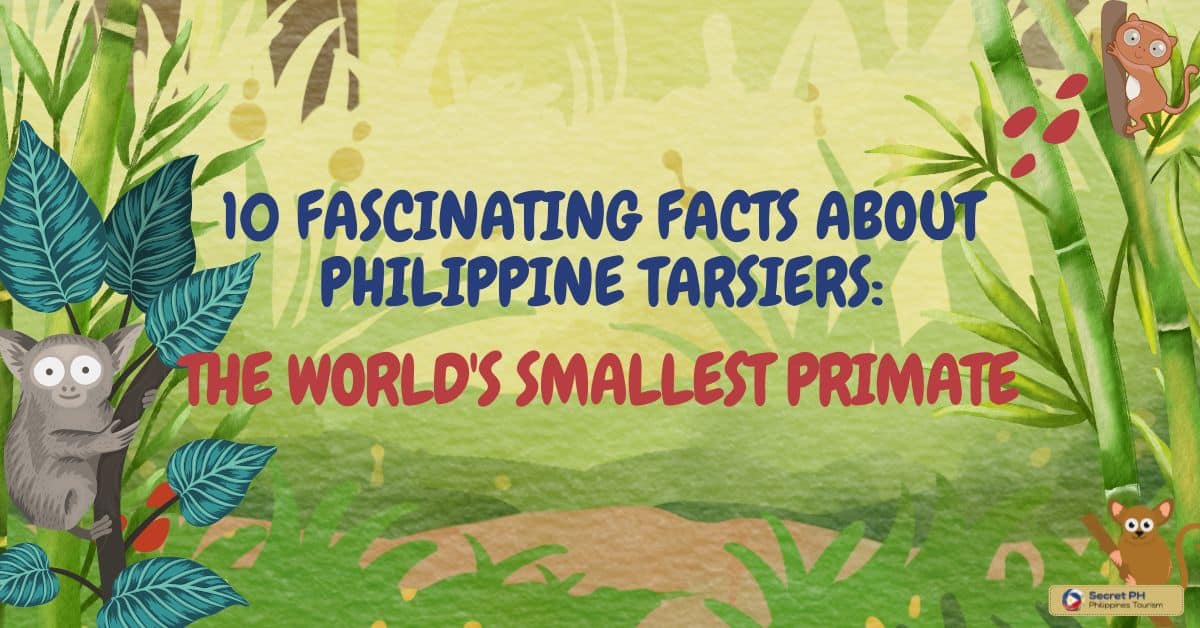
1. Physical Appearance and Characteristics
The Philippine Tarsier is a small, furry primate that can reach heights of up to 5 inches (12 cm) and weigh as little as 3 ounces (85 grams). They have long limbs and large eyes which are fixed in their sockets but can move independently.
Their fur is soft and thick, usually ranging from tan or brown to grey with lighter bellies. Tarsiers have a long tail which they use for balance and can reach lengths up to 13 inches (33 cm).
Tarsiers are distinguished by their exceptionally large eyes, which measure up to 0.6 inches (15 mm) in diameter. This gives them superior night vision that is helpful in finding prey such as insects and other small animals.
They also have thin, curved claws which help them cling to trees and catch prey. Additionally, their feet are well-adapted for gripping tree branches with a unique arrangement of pads on the bottom.
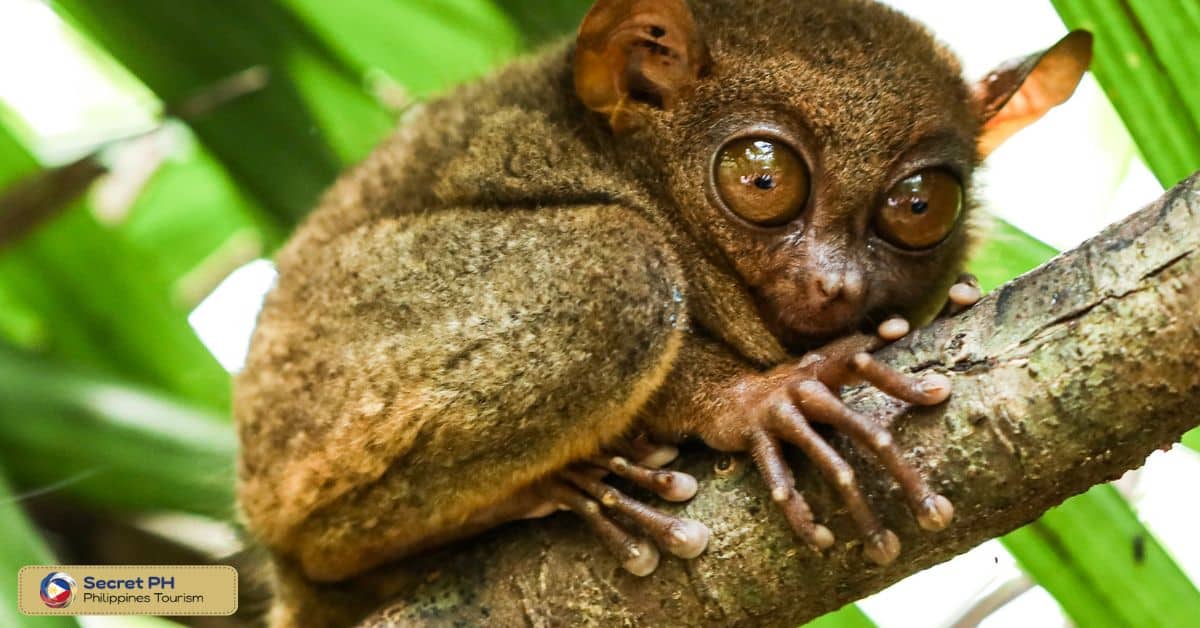
2. Unique Adaptations for Survival
The Philippine Tarsier has some unique adaptations that allow it to survive in its environment. For instance, their large eyes provide excellent night vision and they have thin, curved claws which help them cling to trees and catch prey. Additionally, their feet are well-adapted for gripping tree branches with a unique arrangement of pads on the bottom.
Tarsiers also have an excellent sense of hearing, which helps them locate their prey. They are very agile animals that can jump up to five feet (1.5 meters) in a single bound. The tarsier’s long tail is used for balance when leaping from branch to branch and its small size allows it to fit into tight spaces and hide from potential predators.
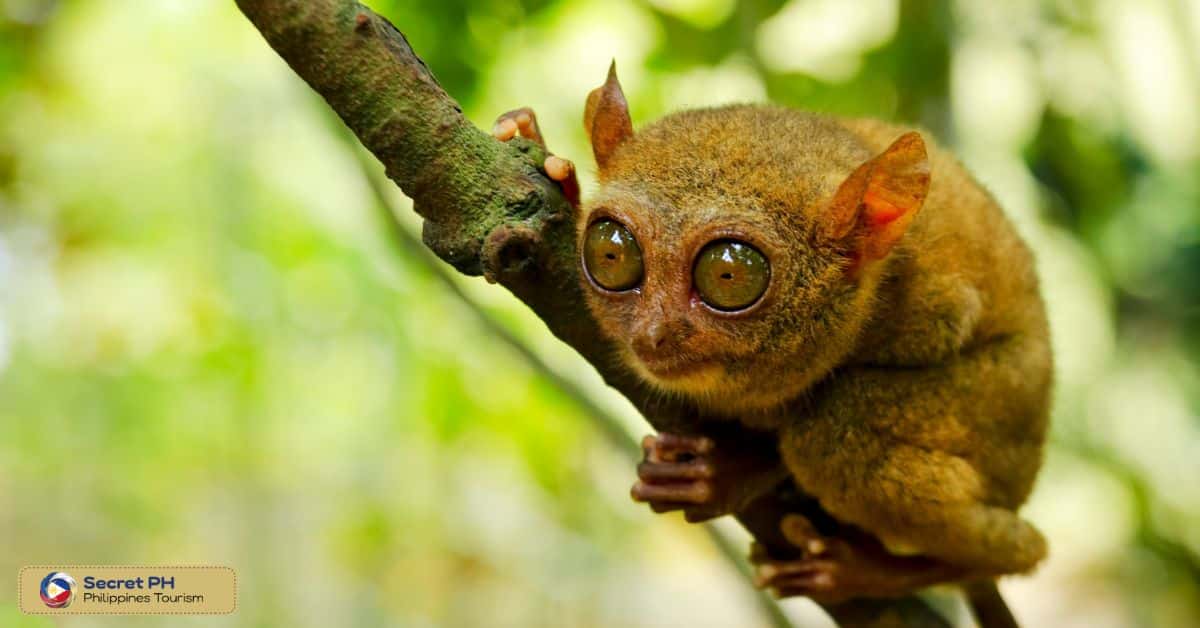
3. Diet and Feeding Habits
The Philippine Tarsier is an omnivorous creature, meaning that it will eat both plants and animals. Its diet consists of primarily insects such as crickets, grasshoppers, cockroaches, and spiders. They also feed on small birds and lizards, as well as fruits like bananas and jackfruit.
Tarsiers are nocturnal animals, meaning that they hunt and feed during the night hours. They typically spend most of their day in a dormant state, either sleeping or resting. At night they become active and use their large eyes to locate insects. Once found, they use their long claws and powerful feet to pluck them from tree branches or other surfaces and consume them.
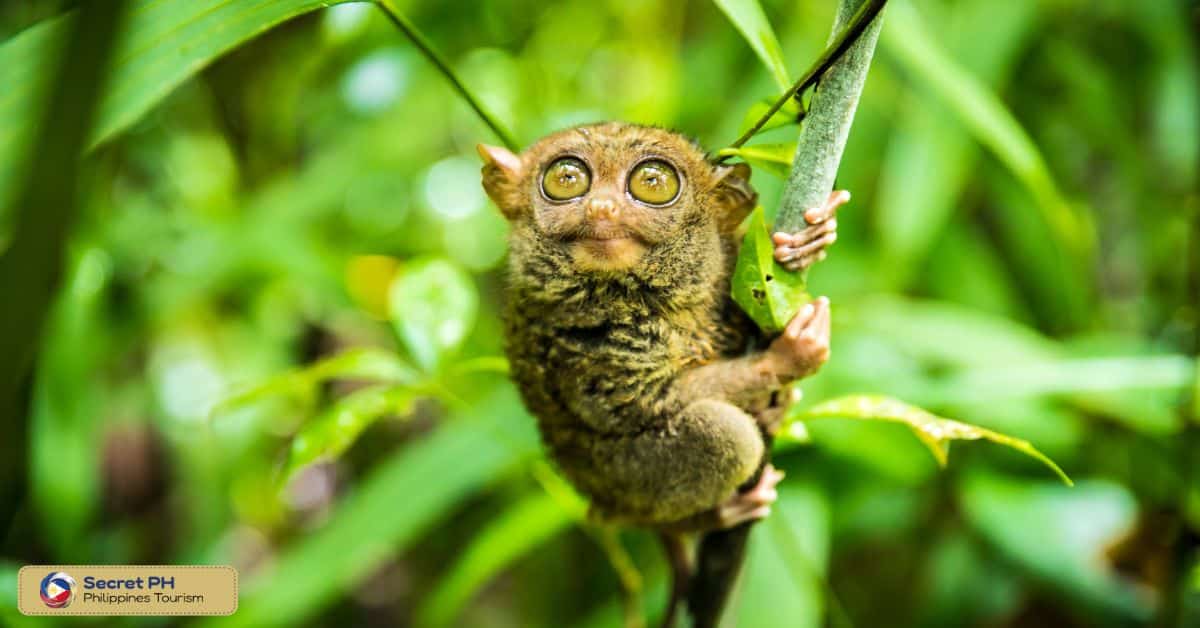
4. Nocturnal Behavior and Lifestyle
The Philippine Tarsier is a nocturnal animal, meaning that it is active at night and sleeps during the day. They spend most of their time in trees and usually sleep alone. Once awake, they will often travel long distances in search of food or mates.
Tarsiers communicate with one another through vocalizations such as high-pitched squeaks and chirps. They are also capable of making clicking noises that help them to locate prey in the dark. Additionally, tarsiers have been observed engaging in play behavior such as chasing each other around branches or playing with small objects.
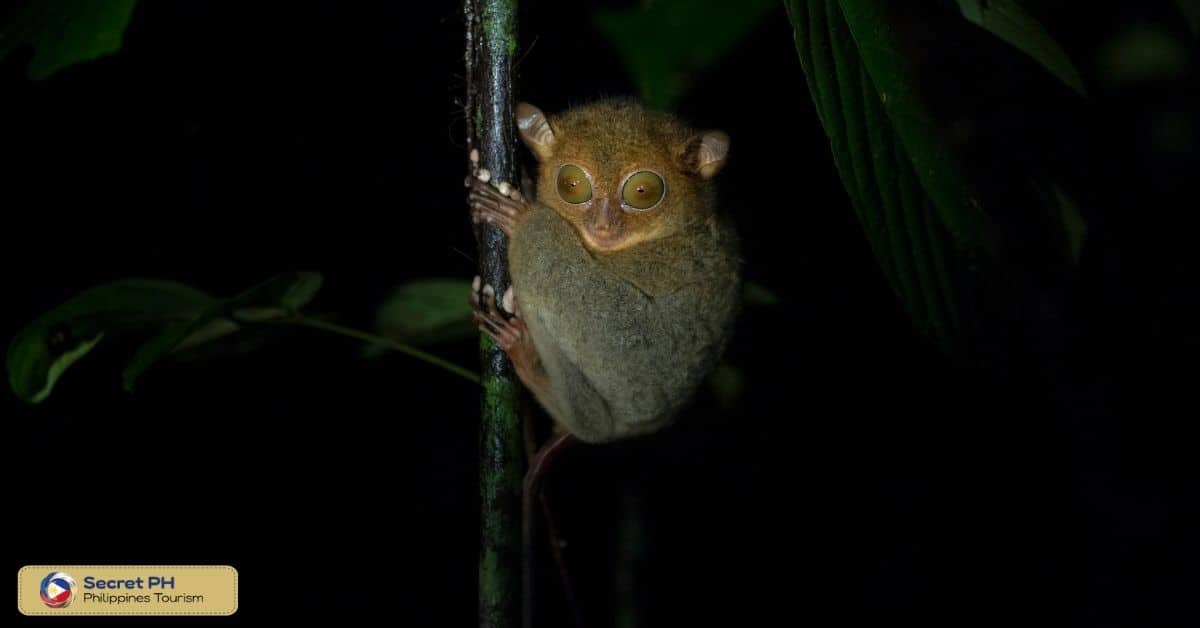
5. Reproduction and Life Cycle
The Philippine Tarsier is a solitary animal that only meets with other tarsiers during the mating season. During courtship, males and females will exchange vocalizations as well as scent-marking behaviors in order to signal their readiness for reproduction.
Mating typically takes place between April and May, when the female will give birth to a single offspring after a gestation period of six months. The newborn tarsier is quite large for its size and has well-developed eyes and ears. The mother will nurse the baby until it is four weeks old, at which point it can start to eat solid food.
At around three months old, the young tarsier will be able to climb and walk on its own. It will reach sexual maturity at around one year old, after which it will begin searching for a mate of its own. The life expectancy of the Philippine Tarsier is estimated to be between 5-20 years in the wild and up to 30 years in captivity.
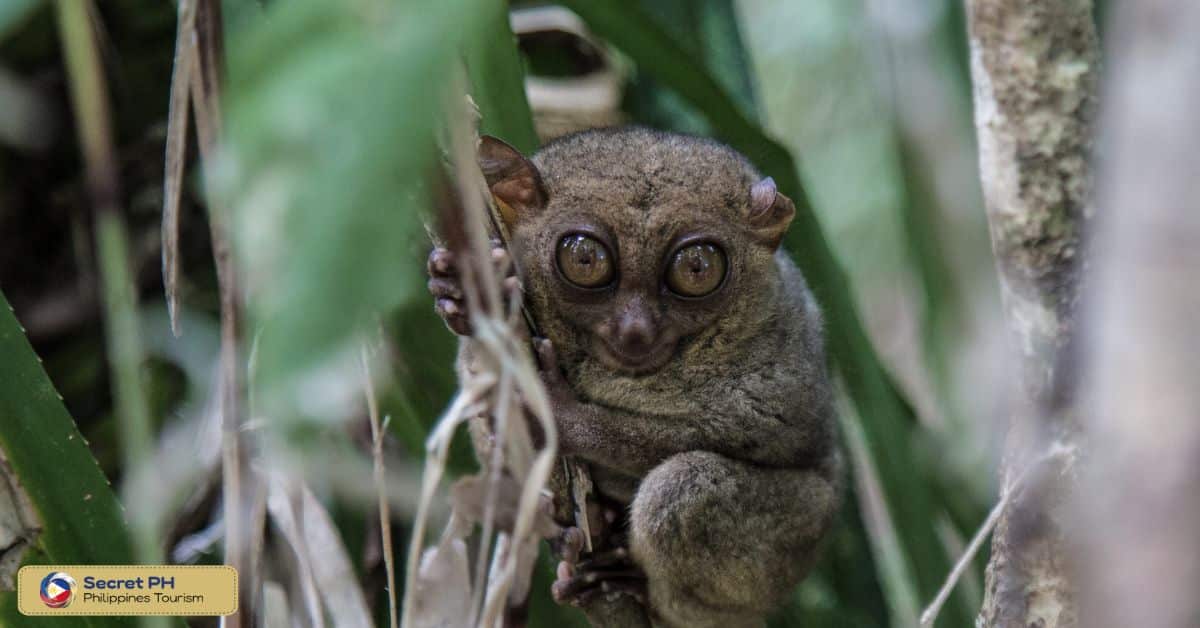
6. Vocalizations and Communication
The Philippine Tarsier is capable of producing a variety of vocalizations that it uses to communicate with other tarsiers. These include chirping and squeaking noises, as well as clicking sounds which are used to locate prey in the dark. Additionally, they have been known to make low-frequency calls during periods of fear or aggression.
Tarsiers also communicate through scent-marking behavior, which involves rubbing their faces and anogenital regions against branches or other surfaces in order to leave pheromone signals for other tarsiers. This helps them to maintain their space and identify members of the same species.
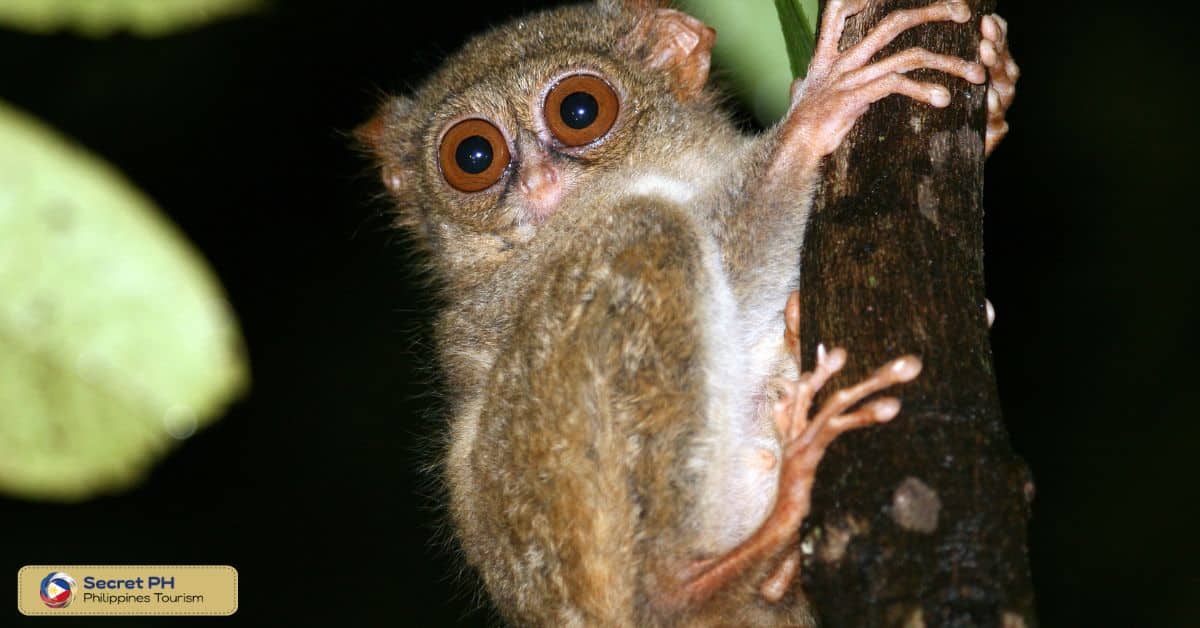
7. Cultural Significance in the Philippines
The Philippine Tarsier is an important cultural symbol in the Philippines, where it is known as the “little spirit”. It is believed to bring good luck and protect against evil spirits. The tarsier’s unique physical appearance has also made it an iconic figure in Filipino folklore, which often features them as helpful or mischievous characters.
The Philippines is also home to several nature preserves that are dedicated to protecting the tarsier’s habitat and population. These protected areas not only provide a safe space for tarsiers but also offer ecotourism opportunities for visitors who want to observe these animals in their natural environment.
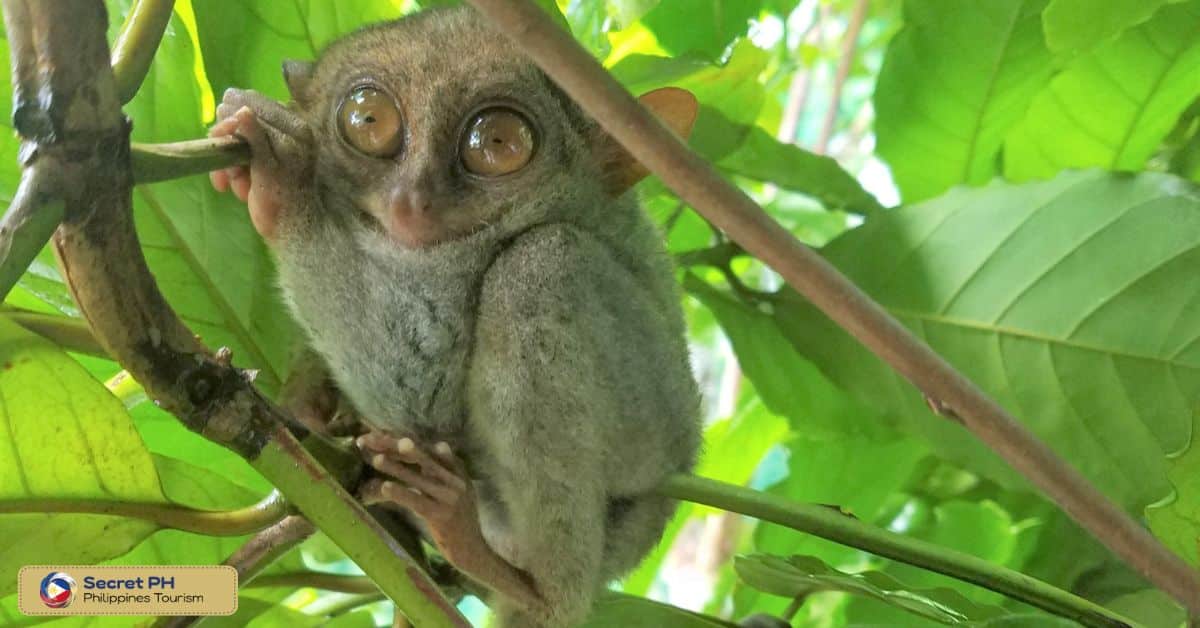
8. Threats to the Tarsier Population
The Philippine Tarsier is threatened by human activities such as deforestation, hunting, and the pet trade. Deforestation has reduced their natural habitat and fragmented their populations, which makes it difficult for them to find food and mates. Hunting is also a major threat, particularly in areas where tarsiers are viewed as pests or threats to crops.
The pet trade is another major threat to tarsiers, as the demand for these animals as exotic pets has resulted in their being illegally taken from the wild. Additionally, urban development can lead to habitat destruction and disturbance of natural areas that tarsiers rely on for food and shelter.
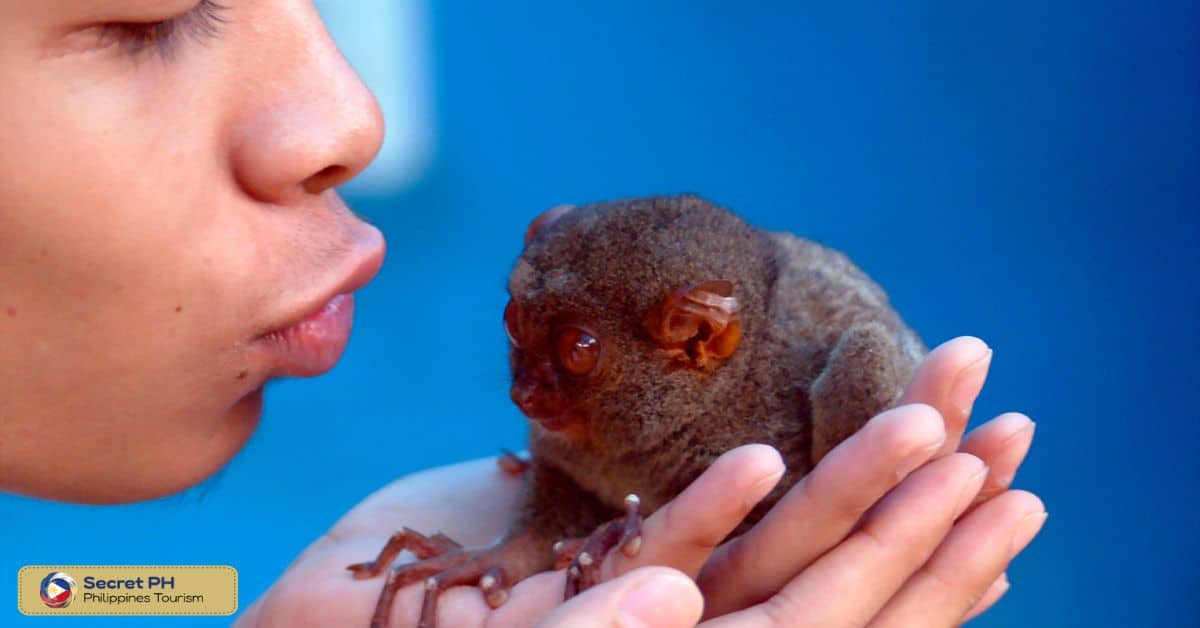
9. Conservation Efforts to Protect Tarsiers
Tarsiers are threatened by habitat loss and fragmentation, hunting, and the illegal pet trade. To protect these fascinating animals, a number of conservation efforts have been put in place. Here are some of the conservation efforts aimed at protecting tarsiers:
Protected Areas: Tarsiers are protected within certain conservation areas and national parks in the Philippines, such as the Tarsier Sanctuary in Bohol.
Habitat Restoration: Efforts are being made to restore degraded tarsier habitats and reforest areas where tarsiers live.
Research: Ongoing research into tarsier behavior and ecology helps to inform conservation efforts and identify threats to their survival.
Education and Awareness: Awareness campaigns aimed at local communities and tourists help to educate people about the importance of protecting tarsiers and their habitats.
Enforcement of Laws: Laws are in place to protect tarsiers and their habitats from hunting, capture, and habitat destruction. Enforcing these laws is essential to ensuring the survival of tarsiers.
Community-Based Conservation: Collaborating with local communities to develop sustainable livelihoods that do not involve hunting or capturing tarsiers can help to reduce threats to tarsier populations.
Ecotourism: Ecotourism can provide a source of income for local communities while also raising awareness about the importance of protecting tarsiers and their habitats.
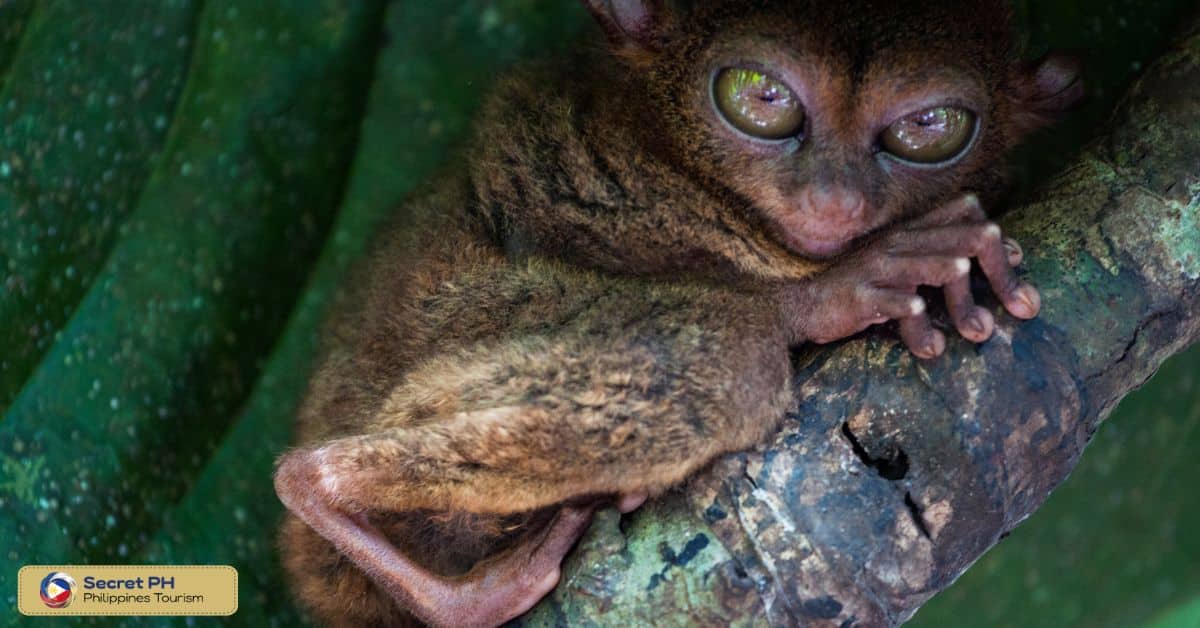
10. Ecotourism and Tarsier Viewing in the Philippines
The Philippines is home to many areas where visitors can observe tarsiers in the wild. The Tarsier Sanctuary in Bohol, for instance, is a protected area dedicated to conservation and ecotourism activities related to tarsiers. Other national parks such as Mt. Isarog National Park and the Samar Island Natural Park also offer ecotourism opportunities for tarsier viewing.
When visiting these areas, it is important to remember that the tarsiers are wild animals and should not be disturbed or approached. Tourists should also avoid using flash photography, as this can scare the animals and cause them stress. By following a few simple guidelines, visitors can help to protect tarsiers and ensure that they remain a part of the Philippine landscape for future generations.
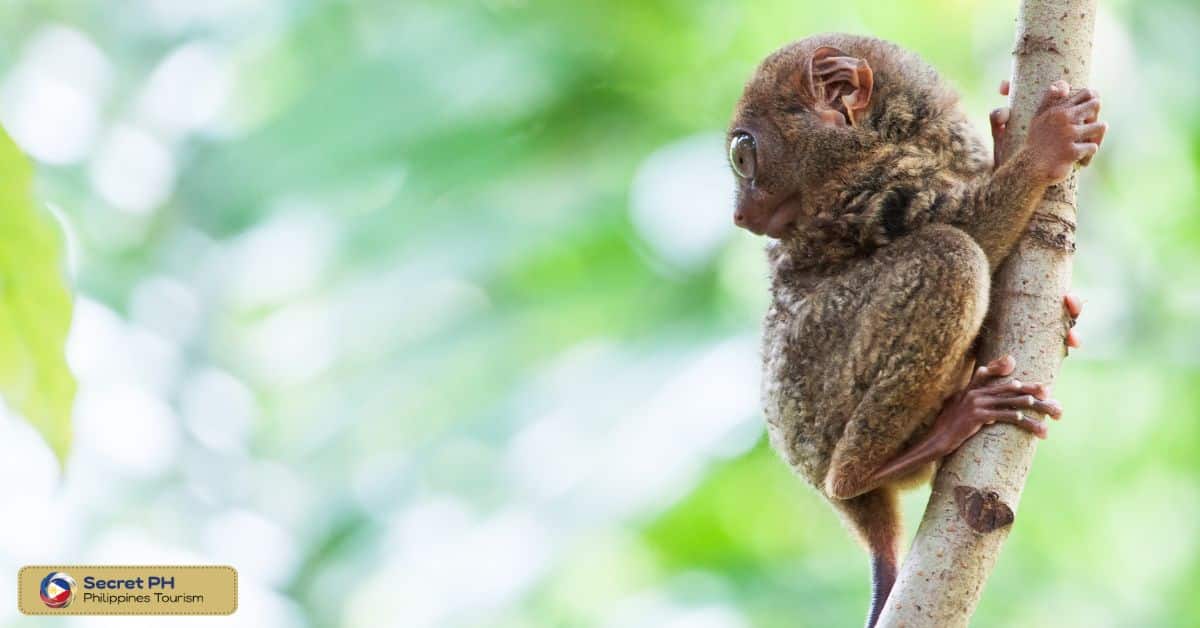
In conclusion
The Philippine Tarsier is a unique and fascinating creature that plays an important cultural role in the Philippines. It is threatened by numerous human-induced factors such as habitat loss, hunting, and the pet trade.
Fortunately, conservation efforts are being made to protect this species and its habitats, as well as provide ecotourism opportunities for visitors. By learning more about these animals and taking steps to protect them, we can ensure that they remain a part of the Philippine landscape for many years to come.







